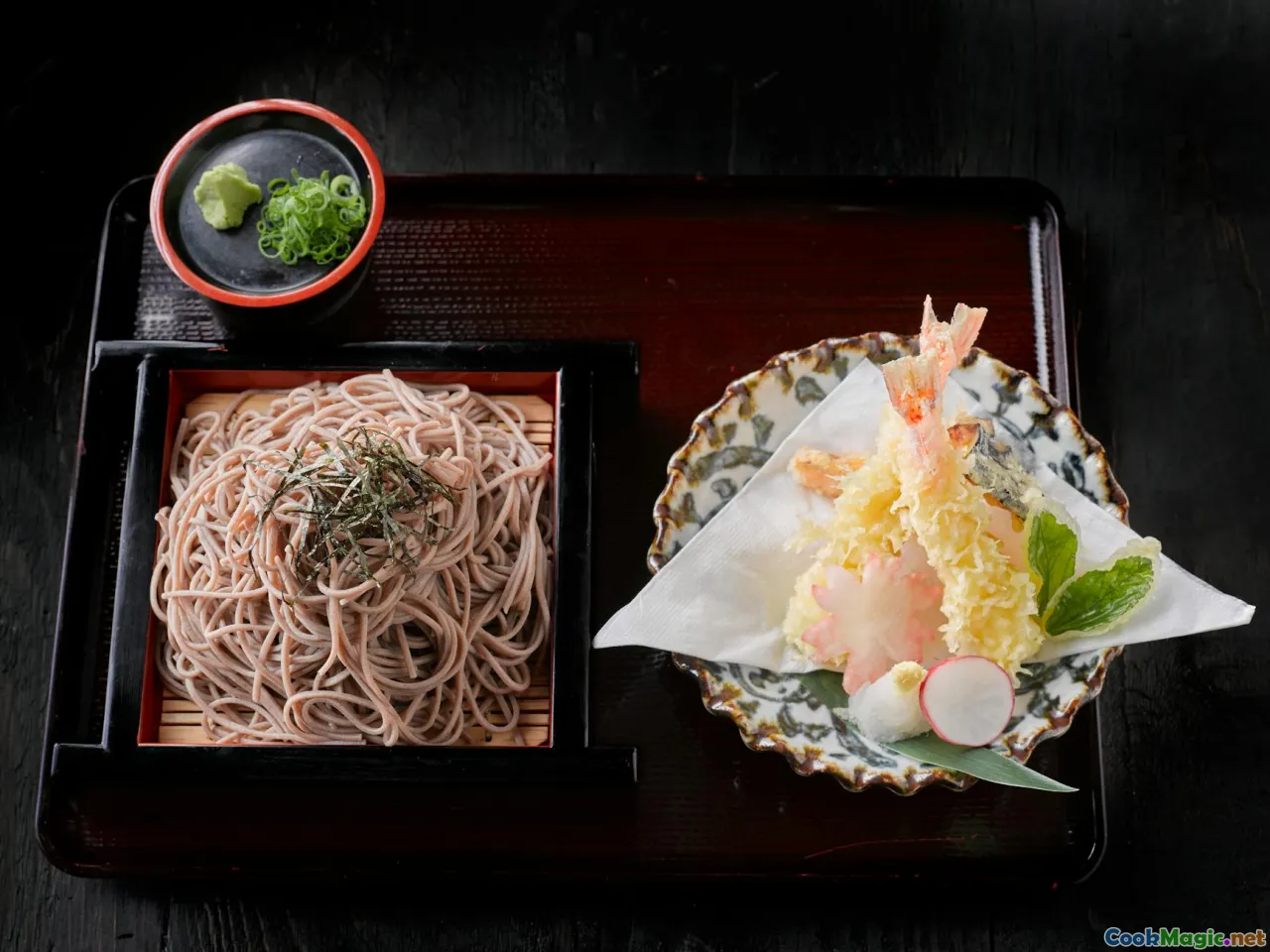Techniques for Crispy Tempura Every Time
8 min read Master the art of perfect tempura with expert techniques to achieve irresistibly crispy, light, and tender results every single time. April 27, 2025 14:00
Techniques for Crispy Tempura Every Time
Imagine biting into a piece of tempura so light and crunchy that it melts in your mouth, revealing tender, perfectly cooked vegetables or seafood inside. That’s the magic of a well-executed tempura—a cornerstone of Japanese cuisine renowned worldwide for its delicate crispness and flavor harmony. Yet, achieving that elusive perfect crunch consistently can be a culinary challenge that frustrates even seasoned cooks.
In this comprehensive guide, we’ll delve into the art and science behind creating tempura with an irresistibly crispy exterior every single time. Whether you’re a home cook eager to elevate your Japanese cooking or a professional chef refining your technique, these insights will transform your tempura from good to extraordinary.
The Cultural and Culinary Significance of Tempura
Tempura’s origins trace back to 16th-century Portugal, where Portuguese missionaries and traders introduced the concept of batter-fried foods to Japan. Over centuries, Japanese chefs refined tempura into a unique culinary art form, emphasizing lightness, texture, and seasonality. Today, tempura is a symbol of Japanese hospitality and culinary finesse, often served in specialized tempura restaurants where chefs meticulously craft each piece.
The appeal of tempura lies not just in taste but in its sensory experience—its golden sheen, the gentle crackle with each bite, the aroma of freshly fried batter blending with the umami of seafood or vegetables. Achieving that perfect balance of crunch and tenderness requires understanding the nuances of ingredients, technique, and environment.
The Foundations of Perfect Tempura
1. Choosing the Right Ingredients
**Freshness is paramount.**Opt for the freshest seafood, vegetables, and even the coldest, purest water for your batter. Quality ingredients ensure flavor and texture that shine through.**Seafood:**Shrimp, squid, white fish—ensure they are cleaned, deveined, and patted dry.Vegetables: Sweet potatoes, bell peppers, eggplant, green beans—slice uniformly for even cooking.
2. The Art of Batter Mixing
The tempura batter is the soul of the dish. It should be light, airy, and cold. The key is minimal mixing—overworking the batter develops gluten and results in a chewy crust.
Traditional batter recipe:
- 1 cup of cold ice water
- 1 cup of all-purpose flour (preferably low-gluten)
- 1 large egg
Technique:
- Lightly beat the egg in the water.
- Add the flour all at once, gently mixing with chopsticks or a fork just until combined. It’s okay if the batter is slightly lumpy.
- Keep the batter cold by placing the bowl in a larger bowl filled with ice.
3. Temperature Control
Temperature is king. The ideal oil temperature for tempura is around 170°C to 180°C (340°F to 360°F). Too hot, and the batter burns before the interior cooks; too cold, and it becomes greasy.
Use a reliable thermometer to monitor oil temperature constantly. Maintain the temperature by adjusting the heat as needed.
4. The Frying Oil
Choose a high-smoke-point oil such as vegetable oil, canola oil, or rice bran oil. These oils produce a neutral flavor and excellent crispness.
Ensure the oil is deep enough to fully submerge the items, allowing even cooking.
Step-by-Step Guide to Achieving Perfectly Crispy Tempura
Step 1: Preparation
- Chill your batter ingredients and tools.
- Prepare and dry your seafood and vegetables thoroughly.
- Heat your oil to the optimal temperature.
Step 2: Batter Dipping
- Lightly dust the ingredients with a thin coat of flour before dipping into the batter. This helps the batter adhere better.
- Dip each piece into the cold batter, ensuring a thin, even coating.
Step 3: Frying
- Gently slide the battered items into the hot oil, one at a time.
- Do not overcrowd the pan—fry in small batches.
- Maintain consistent temperature; adjust the heat as necessary.
- Fry until the tempura turns a light golden color, about 2-3 minutes.
Step 4: Draining and Serving
- Use a slotted spoon or wire rack to remove tempura from oil.
- Drain excess oil thoroughly.
- Serve immediately with a dipping sauce like tentsuyu, grated daikon, or a simple soy-based dip.
Tips and Tricks for That Irresistible Crunch
- Use ice-cold water: Cold batter results in a crisper crust.
- Keep batter minimal and cold: Overmixing or warm batter ruins texture.
- Control frying temperature meticulously: Use a thermometer, and adjust heat accordingly.
- Fry in small batches: Prevent temperature drops.
- Use a wire rack for draining: Avoid sogginess.
- Serve promptly: Fresh tempura is at its crunchiest.
Personal Insights and Anecdotes
Having traveled extensively across Japan, I’ve had the pleasure of dining in tempura-specialized restaurants where chefs execute this delicate art with almost meditative precision. One memorable experience was in a small Tokyo alleyway, where the chef’s precise flick of the wrist and vigilant temperature control resulted in tempura that crackled like fireworks, each piece a perfect harmony of crunch and tenderness.
In my own kitchen, I’ve learned that patience and attention to detail transform humble ingredients into a sublime culinary experience. The joy of perfect tempura is not just in the end product but in the mindful process—using cold ingredients, maintaining consistent heat, and respecting the simplicity of the batter.
Final Thoughts
Achieving crispy tempura every time is a blend of science, technique, and a touch of culinary intuition. It’s about respecting the ingredients, mastering the frying process, and embracing the small details that elevate a simple batter into a crispy masterpiece. Whether you’re preparing a casual dinner or aiming to impress guests, these techniques will help you craft tempura that’s irresistibly crispy, light, and flavorful—just like in Japan.
Enjoy the journey of perfecting this timeless dish, and savor every crunchy, tender bite!









